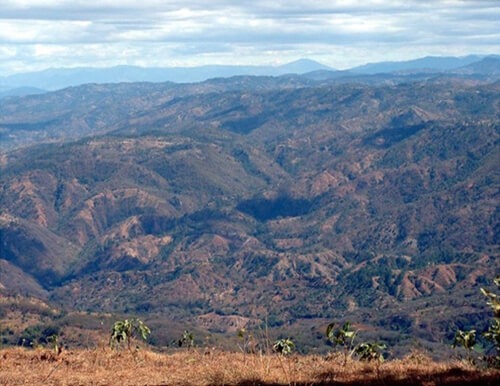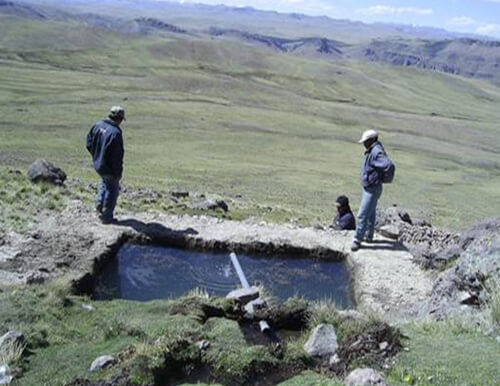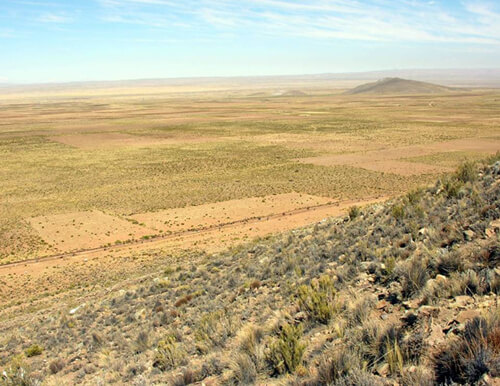We work in Guatemala, Perú, and Bolivia, the three countries in Central and South America with the greatest numbers of rural poor. They are also the countries in which a majority of the population and poor are Native American– Maya in Guatemala, Quechua and Aymara in Perú and Bolivia.
In each country, we work in the region of greatest rural poverty and help farmers increase their income from the major cash crop and graduate from poverty.
In Guatemala, we work in the Western and Central Highlands, the traditional and current home of the majority of the Mayan population. They grow corn and beans for food, and coffee for income. They produce excellent Arabica coffee on mile-high mountainsides, and they are poor because they have low productivity and sell their coffee in the husk to local buyers rather than husk and sell it directly to exporters for a higher price.


In Perú, we work in the Southern Portion of the Sierra Range Mountains that runs down the center of the country. It is the traditional home of the Quechua (Inca) population and now the home of the great majority of the rural poor. The Sierra Mountains open into a large flat rolling plain in the southern part of the country, and it is ideal for grazing alpaca and dairy and beef cows. Farmers produce potatoes for food and raise alpaca for fiber and meat. In the area near Lake Titicaca they keep cows and produce fresh milk or fatten male animals for beef.
In Bolivia, we work in the Bolivian Altiplano, a huge high plain that is the traditional and current home of the Aymara. Farmers produce potatoes and quinoa for food, and seed potatoes, fava beans, and quinoa for income. On Bolivia’s side of Lake Titicaca, they keep dairy cows for fresh milk production. And in the Central Altiplano, they produce llama for fresh meat and jerky. They are poor because they have low productivity and poor product quality, and they have an especially important need to reclaim their eroded soils and pastures.
